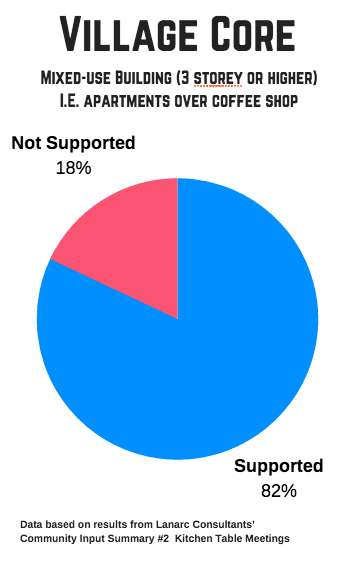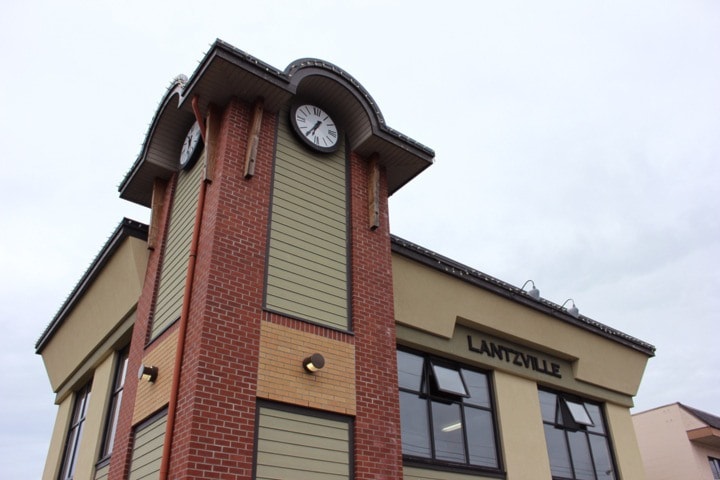Lower density and more variety – that’s what many Lantzville residents are looking for when it comes to development, according to a recent report.
Lanarc Consultants, the organization spearheading the district’s ongoing formulation of a water master plan and official community plan review, has released a detailed report on its findings from 13 kitchen table meetings held during the past year.
David Reid, principal architect with Lanarc, said the main takeaway from the report is that residents want variety.
“If I’ve gotten a message, it is that Lantzville wants to be semi-rural, but it also wants to not be cookie-cutter and to be innovative. Boutique might be a key word. The whole point is the variety. They don’t want large areas of homogeneity,” he said.
Participants were generally supportive of lower density housing options in the Winds, Clark Drive, Bayview, Foothills Dickenson and Peterson Road neighbourhoods. Higher density options were more supportive in Winchelsea. The Owen Road neighbourhood was the only area that received strong support for all types of development.
Meanwhile, participants were strongly against any type of development beyond estate-sized single-family homes in Lantzville West. According to the report, 92 per cent of respondents do not support any type of three- to four-storey mixed-used development in their neighbourhood.
 The Village Core was the most desirable location for increased density, according to the report, which states that more than 80 per cent of participants were supportive of rental-oriented residential living, seniors independent living facilities and secondary suites.
The Village Core was the most desirable location for increased density, according to the report, which states that more than 80 per cent of participants were supportive of rental-oriented residential living, seniors independent living facilities and secondary suites.
Participants felt new buildings in the Village Core should range in sizes, but not exceed four storeys. They also felt the area is the most “appropriate” place in the district for “innovative” land uses such as mixed-use buildings, a link to a public pier at the waterfront and “unique” commercial shops, according to the report.
Reid said support for higher density in the Village Core is not a new phenomenon.
“Residents were [supportive] in the old OCP and they are equally so now and I think somewhat disappointed that there hasn’t been some development there,” he said. “Perhaps at this point they are a little more open to the same uses as talked about in 2005 and perhaps even more open to a broader variety.”
Sixty-five per cent of participants not receiving municipal water were supportive of receiving community water if development could bring down connection costs. Participants were divided on whether water should go to more new connections than the 2005 OCP states.
Reid said the sample size from the feedback on water was small and more work will need to be done to gather information from the community, but believes residents are generally supportive of municipal water.
He said a larger community survey was distributed to every household in the district in February and will provide more information about the community’s desire for water and development.
